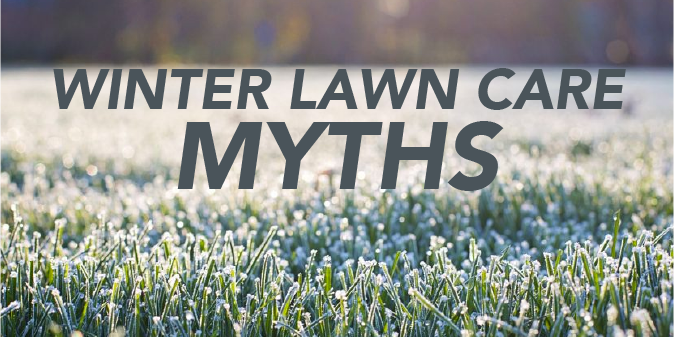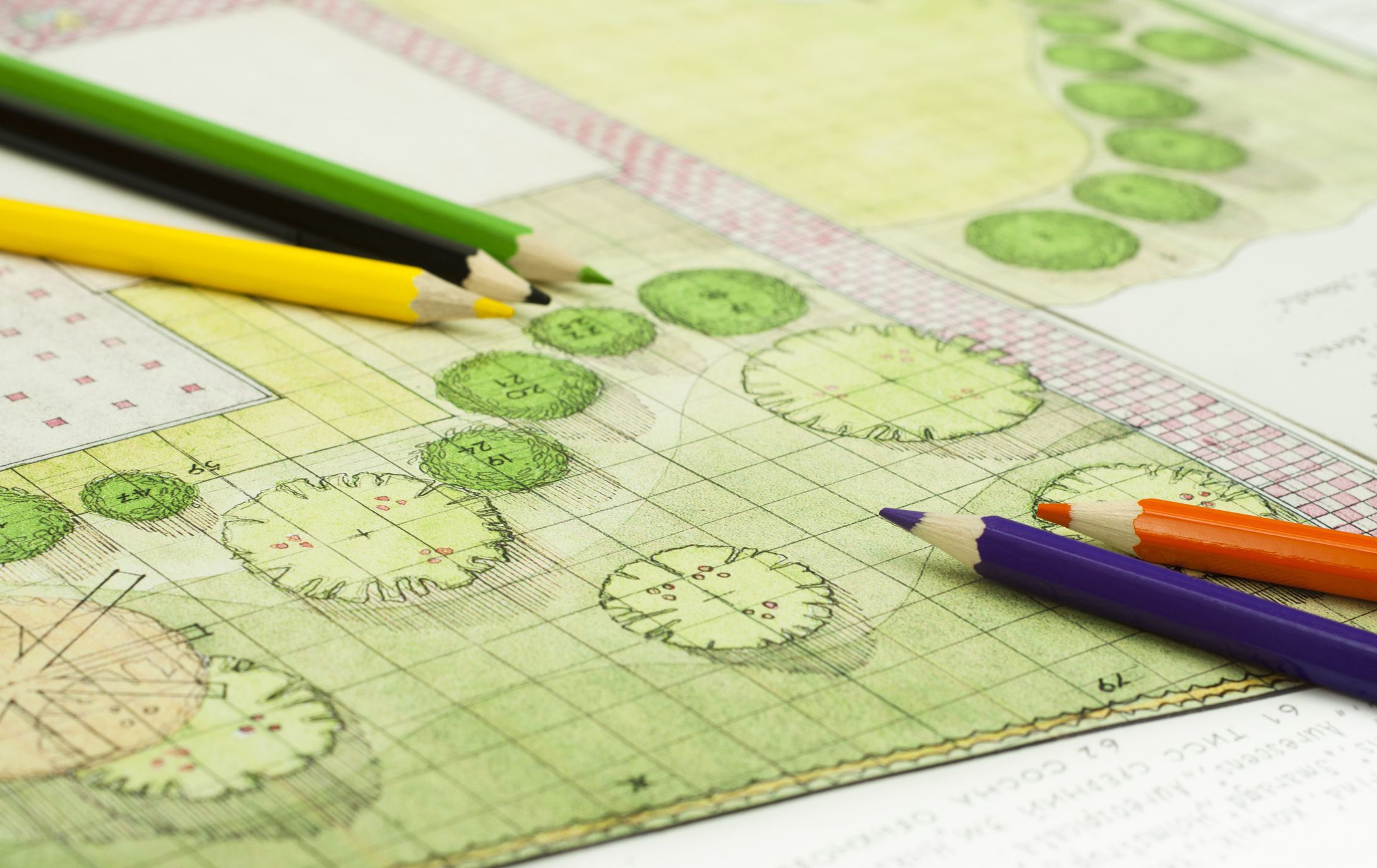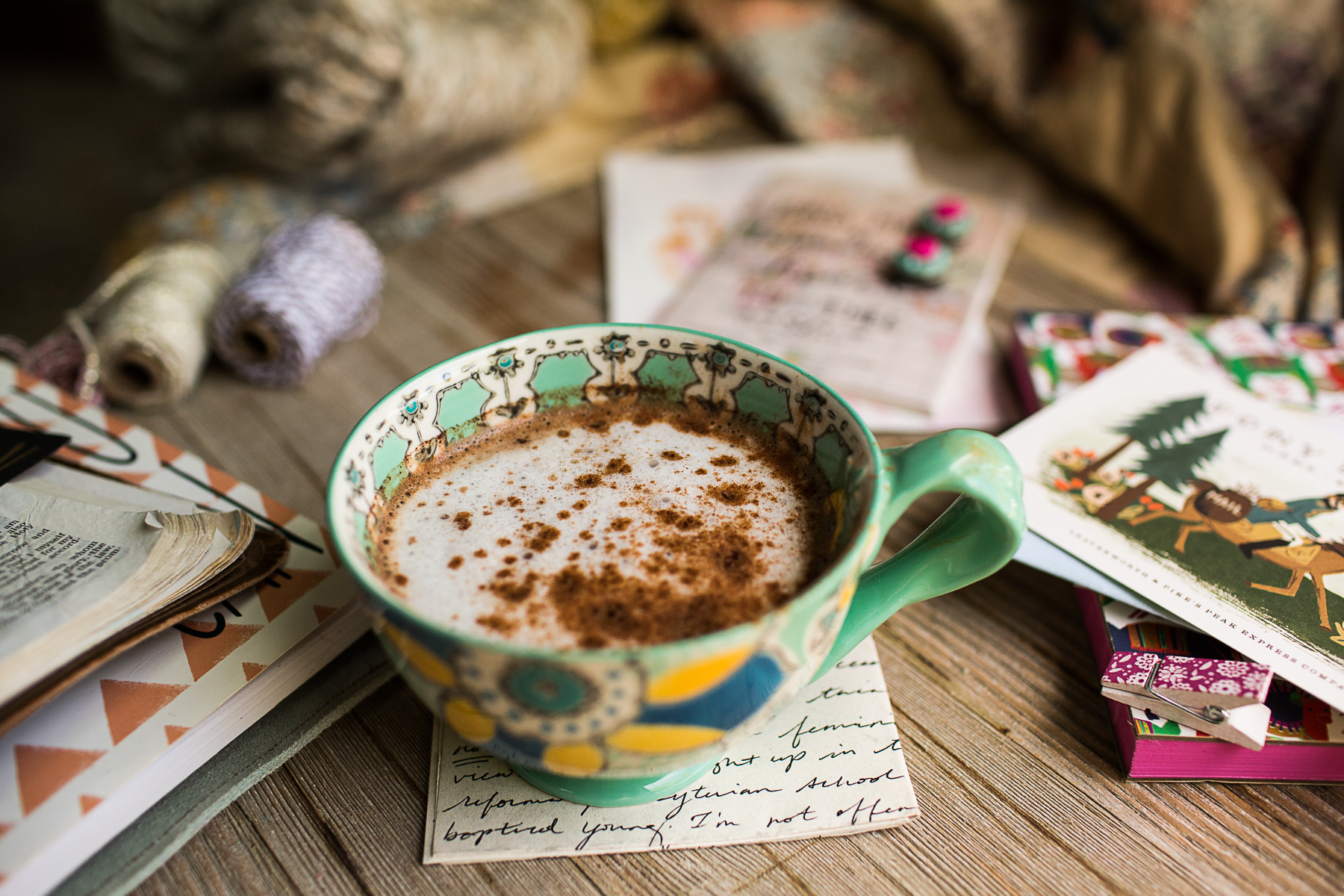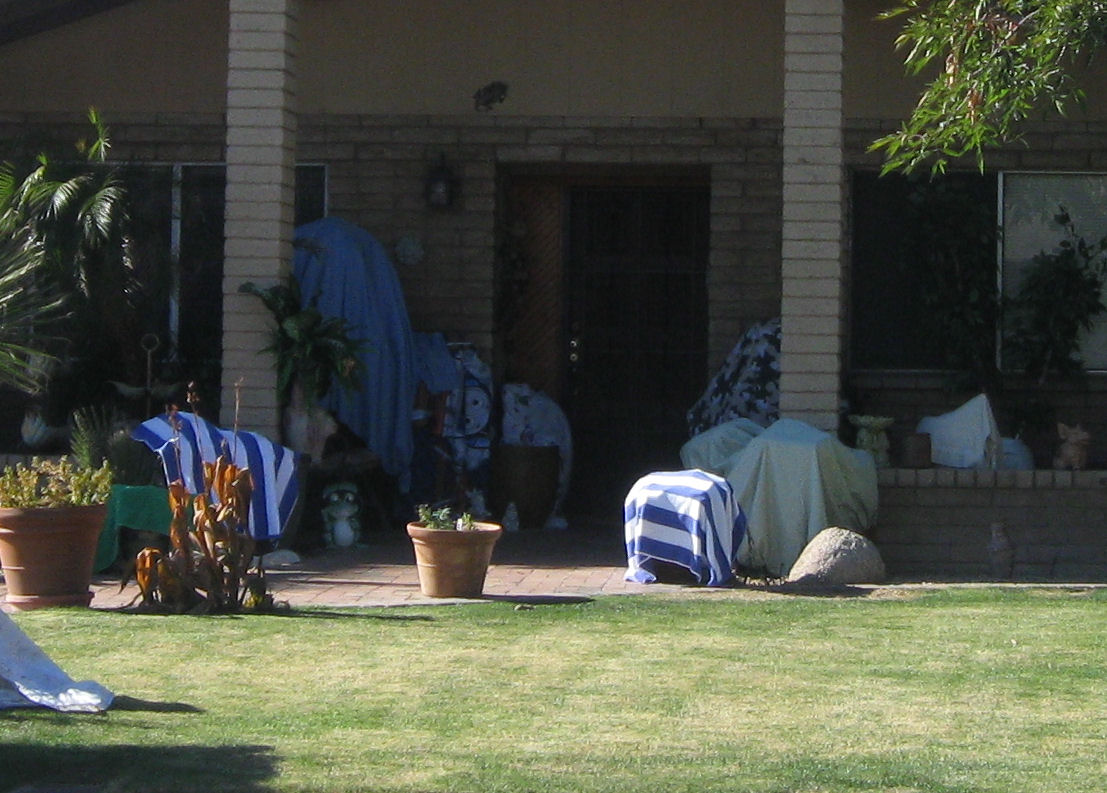Transforming your landscape into a festive masterpiece during the holidays is a winter tradition for many homeowners. With the creative use of holiday lights, outdoor decor, delightful displays, and cozy fire pits, your outdoor space turns into a hub of holiday cheer and gatherings.
Our team collaborated on building these 5 tips covering everything from lighting to outdoor decor, stunning displays, and the coziness of firepits. These ideas are here to inspire you as you turn your landscape into a holiday paradise, where you can let your creativity shine with the season's spirit into your outdoor space. Whether you're looking for inspiration or practical tips, our topics have got you covered, making it easy to transform your landscape into a winter wonderland.
-
Holiday Decorations and String Lighting:
Transform your home's exterior into a winter wonderland with an array of holiday decorations and hanging string lights. Drape these lights along the roofline, wrap them around trees and bushes, or use them to outline windows and door frames to create a magical glow. Complement the lighting with festive ornaments like snowflakes, stars, or even playful figures like reindeer or snowmen. These decorations not only brighten the longer nights but also add a joyful and welcoming vibe to your home, making it a standout in the neighborhood.
If you are overwhelmed with the idea of hanging Holiday Lights this year, call our team out to come help. We will custom-fit lights for your home, and then install and take them down for you, leaving you to just enjoy their beauty. -
Create a Focal Point with Poinsettias:
Establish an eye-catching focal point at your front door or a picturesque spot in your yard. This can be achieved by arranging a collection of vibrant poinsettias, known for their rich red and green hues, which are synonymous with the holiday season. Consider placing them in decorative planters or arranging them alongside other seasonal plants to create a striking display. This focal point can be further enhanced with a festive wreath, a cheerful welcome mat, or a series of lanterns leading up to it, creating an inviting path for guests and passersby. The use of natural elements like these not only adds color and life to your outdoor space but also brings a touch of holiday charm.
Together, these tips encompass a comprehensive approach to boosting your home's curb appeal, creating a festive and inviting atmosphere for everyone to enjoy during the holiday season. -
Low-Voltage Lighting themed with Holiday Colors
Landscape lighting adds a cozy ambiance to your home's exterior, but with a simple upgrade, you can transform it into a vibrant, festive display. Imagine effortlessly setting the scene for holiday gatherings with the touch of a button: by switching to Bluetooth-connected lights, you'll not only create a warm and inviting atmosphere but also offer a dazzling visual treat for your neighbors throughout the season. Say goodbye to the annual hassle of stringing holiday lights. This one-time upgrade allows you to effortlessly theme your outdoor space for various celebrations, be it Halloween, Christmas, Independence Day, or to show support for your favorite sports team on gameday. It's a smart, long-lasting investment that brings your home to life, capturing the spirit of every occasion with ease and style. -
Seasonal Wreaths and Greenery:
Nothing says 'holiday season' like the classic charm of wreaths and greenery. Adorn your front door, windows, or even fence posts with lush, evergreen wreaths to instantly elevate your home's festive appeal. Incorporating garlands along your porch railings or draping them around the entrance can create a welcoming and elegant holiday atmosphere. You can choose natural pine, fir, or spruce for an authentic touch and a delightful aroma, or opt for long-lasting artificial varieties that can be reused each year.
Free Tip: Many Christmas Tree stores on the side of the road have free greenery frpm when they cut it off the base of the tree that they give away. It’s perfect to make wreaths and decorations out of! -
Elegant Outdoor Seating Area with Holiday Accents:
If you have an outdoor seating area, deck it out with holiday-themed cushions, throws, and centerpieces. This not only adds an extra layer of coziness but also invites you and your neighbors to enjoy the outdoor space, even in cooler weather. A small fire pit or outdoor heaters can provide warmth, while decorative lanterns or a small, decorated outdoor Christmas tree can add to the festive ambiance. This setup not only enhances the curb appeal but also serves as an ideal spot for sipping hot cocoa and enjoying the holiday lights.




